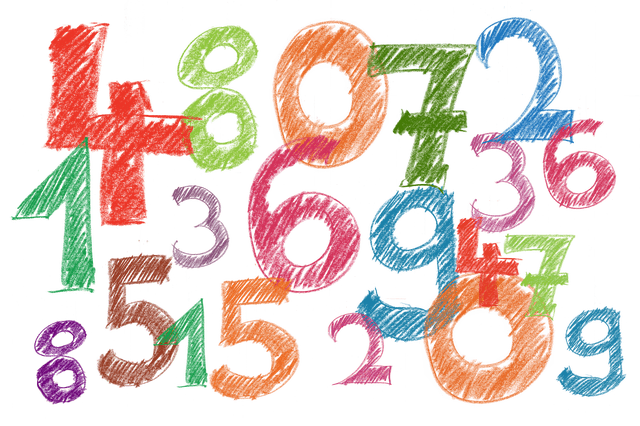The mean is nothing but the average of the numbers. It is easy to calculate: add up all the numbers, then divide by how many numbers there are. In simple words, it is the sum divided by the count.
Simple Term: Sum of all data points/Sum of no.of.datapoints
Technically speaking: \(Mean = \frac{{\sum x }}{n}\)
The arithmetic mean is used frequently in many diverse fields such as economics, anthropology, and history, and it is used in almost every academic field to some extent. For example, per capita income is the arithmetic average income of a nation’s population.
Example 1: What is the Mean of these numbers?
13,45,50,26,36
Step 1: Add the numbers (13+45+50+26+36 = 170)
Step 2: Divide the sum with count or number of items (170/5 = 34)
Now we know how to calculate the mean value and what is mean. Let’s see what if there is a negative value in the given set and how to calculate mean value if there is a negative number.
Example 2: What is the Mean of these numbers?
13,45,50,-26,-36
Step 1: Adding a negative number is the same as subtracting the number. For example 50 + (−26) = 50-26 = 24. Add the numbers (13+45+50-26-36 = 46)
Step 2: Divide the sum with count or number of items (46/5 = 9.2)
Example 3: Find the average weight of players in a team?
Ozil: 45Kg; Ronaldo: 59Kg; Ramsey: 48Kg
Solution:
=(45+59+48)/3
=152/3
=50.66 Kgs is the average weight of the players in the team.
The mean illustrated here is also called the Arithmetic Mean, There are other means such as the Geometric Mean and Harmonic Mean. (Use the links to learn more)
Any queries? Comment below.



